A quiet corner of Pennsylvania is about to witness a remarkable change. A long-abandoned coal power plant will soon be transformed into a massive artificial intelligence data center, replacing smokestacks and ash with servers and cooling towers. This project marks a symbolic and practical shift, turning a relic of the fossil fuel era into a hub for advanced computing.
For the local community, it signals hope after years of economic stagnation. At the same time, for the tech industry, it reflects how even old industrial sites can support the demands of modern technology. This development blends history with the future in tangible ways.
The coal plant, which closed over a decade ago, once powered thousands of homes and provided steady work for the surrounding community. Its closure left behind not only empty buildings but also economic hardship and uncertainty. The plant’s vast infrastructure, however, made it appealing for reuse. Thick concrete foundations, expansive indoor spaces, and direct connections to the power grid all created a strong starting point.
Developers chose the site because it already met many needs of a data center without disturbing new land. Brownfield redevelopment limits environmental damage, which appeals to both investors and local officials. Water access, which once cooled the turbines, will now cool rows of high-performance servers. The symbolic shift—from powering an industrial age to driving a digital one—has resonated with both residents and planners. Rather than demolish and rebuild, the approach keeps the footprint concentrated and respects the site’s industrial heritage while giving it new life.
Artificial intelligence data centers differ in scale and design from traditional corporate data facilities. They must handle the immense processing requirements of training and running machine learning models, which often involve analyzing vast datasets in real-time. The center planned here will include thousands of racks of servers, connected by high-speed fiber and cooled by advanced systems to prevent overheating.
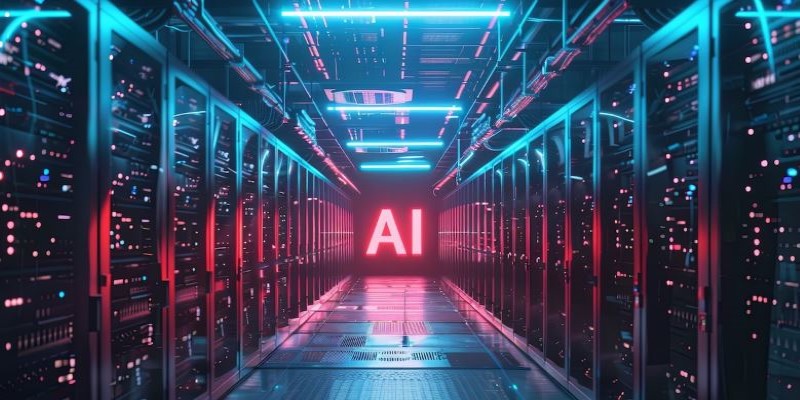
Energy needs are a key consideration. Unlike older coal operations, which relied on burning fuel onsite, the data center will draw from the regional grid. Developers have stated their intention to source a portion of the electricity from renewable suppliers and implement energy-efficient designs; however, the facility will still consume a significant amount of power. Data center planners argue that this tradeoff is necessary to support machine learning models that help industries such as healthcare, transportation, and logistics operate more effectively and sustainably in the long term.
The location also provides logistical benefits. Its proximity to major urban centers in the Northeast ensures fast data delivery and low latency, which is vital for real-time AI applications. The existing infrastructure, combined with new fiber connectivity, enables the center to meet both current and anticipated demands without incurring major delays in deployment.
The economic picture for the surrounding area has been uncertain since the coal plant shut down. Generations of workers relied on its steady paychecks, and its absence rippled through the local economy. This new project presents an opportunity to break that stagnation. While an artificial intelligence data center doesn't require as many workers as a coal plant once did, it still promises employment opportunities for IT professionals, engineers, maintenance crews, and security staff.
Construction is expected to generate hundreds of short-term jobs in fields such as construction, electrical installation, and site preparation. In the longer term, the operators have committed to hiring locally wherever possible. They've begun working with area colleges and technical schools to offer programs that train workers in data center operations, networking, and cybersecurity. These initiatives aim to ensure the community can fill jobs that are sustainable and forward-looking.
Some residents remain skeptical, raising concerns over noise from the cooling equipment, increased water use, and whether the jobs created will truly offset those that were lost. In response, project leaders have held public meetings, shared environmental assessments, and offered site tours to explain how the facility will operate. This transparency has gone some way toward easing fears, though questions about long-term economic stability remain.
Local officials view the project as a catalyst for further development, with the hope that the presence of a high-tech employer will attract related businesses and investment. Even modest increases in tax revenue, housing demand, and consumer spending can help revive the area and diversify an economy that has been overly reliant on a single industry for far too long.
This development is part of a larger trend sweeping across the country: reimagining industrial spaces to meet the growing needs of artificial intelligence and cloud computing. Former steel mills, warehouses, and power plants are increasingly being converted into data centers. These facilities don’t just serve as technological hubs—they symbolize an evolving economy that values information as much as, if not more than, raw materials.
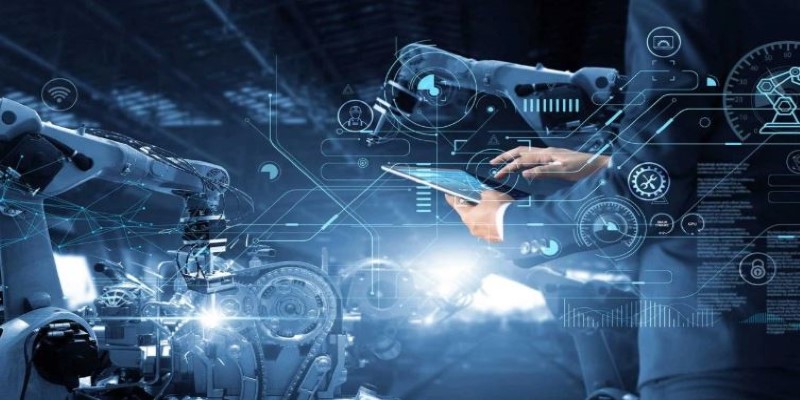
For Pennsylvania, this presents an opportunity to contribute to the national conversation on sustainable redevelopment. Reusing the coal plant site avoids putting additional strain on undeveloped land, while signaling to investors and policymakers that regions with industrial pasts can still contribute to high-tech futures.
The project also underscores how artificial intelligence is no longer confined to research labs or Silicon Valley startups. It is now a central part of everyday infrastructure, influencing sectors from transportation to public health. Building the physical backbone to support these applications has become just as important as the software itself.
The planned AI data center at the former coal power plant site in Pennsylvania is more than just another construction project. It reflects a shift in priorities, from extractive industries to digital innovation, while still acknowledging the history of the land and the people who worked there. This change will not solve every challenge the community faces, but it marks a meaningful step toward revitalization and a more resilient economy. As servers and algorithms replace smokestacks and conveyors, the site stands as a reminder of how places can evolve along with the technologies that shape them.
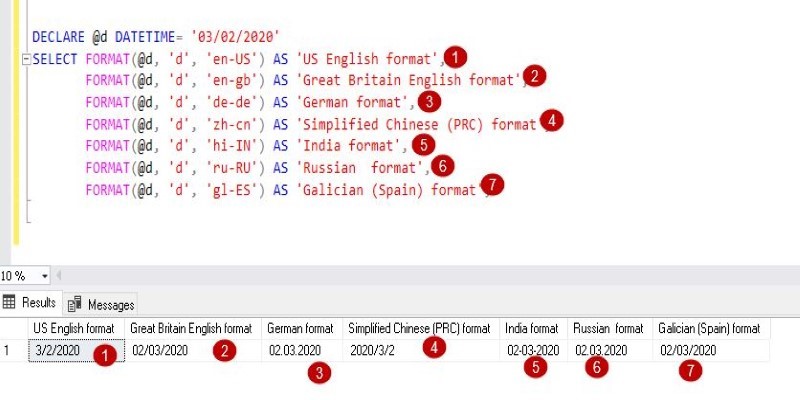
The FORMAT() function in SQL transforms how your data appears without changing its values. Learn how to use FORMAT() in SQL for clean, readable, and localized outputs in queries

How COUNT and COUNTA in Excel work, what makes them different, and how to apply them effectively in your spreadsheets. A practical guide for clearer, smarter data handling
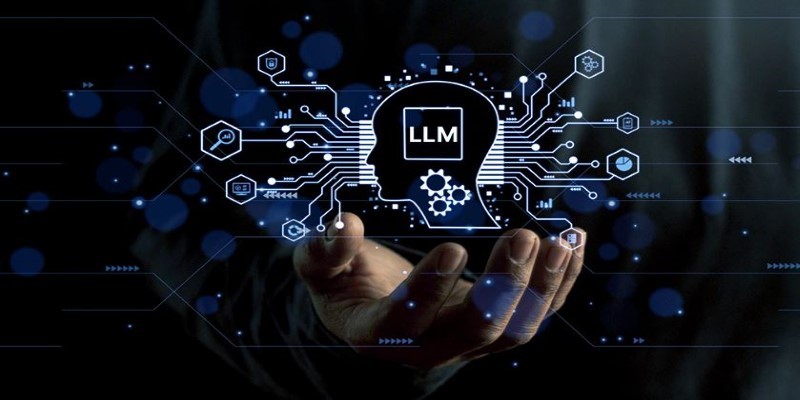
Uncover the best Top 6 LLMs for Coding that are transforming software development in 2025. Discover how these AI tools help developers write faster, cleaner, and smarter code

Understand how logarithms and exponents in complexity analysis impact algorithm efficiency. Learn how they shape algorithm performance and what they mean for scalable code
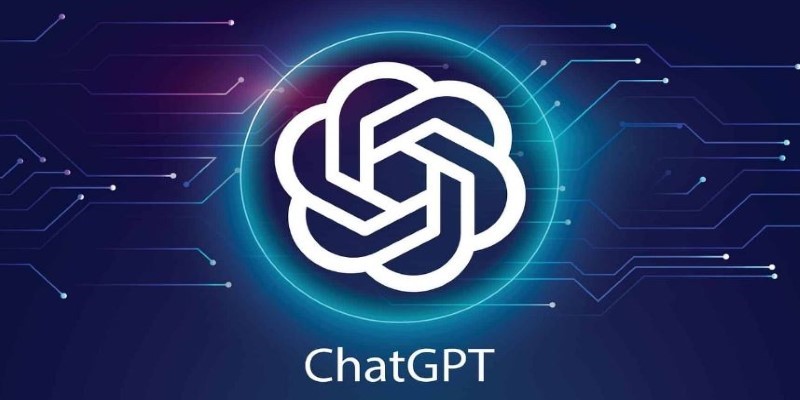
Understand the real-world coding tasks ChatGPT can’t do. From debugging to architecture, explore the AI limitations in programming that still require human insight

Stay updated with AV Bytes as it captures AI industry shifts and technological breakthroughs shaping the future. Explore how innovation, real-world impact, and human-centered AI are changing the world

A former Pennsylvania coal plant is being redeveloped into an artificial intelligence data center, blending industrial heritage with modern technology to support advanced computing and machine learning models
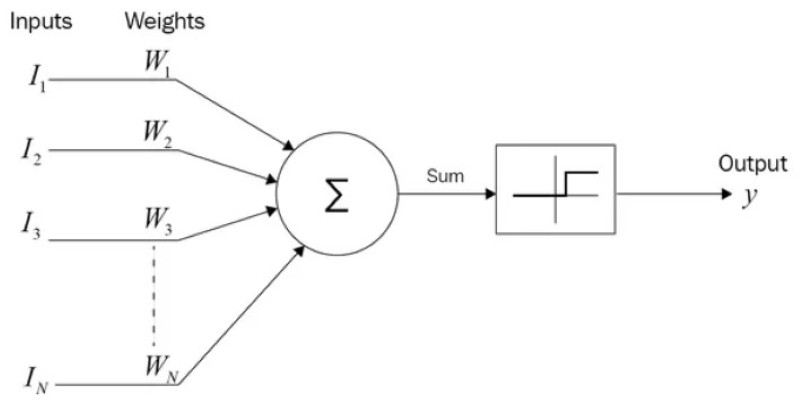
How the SUMPRODUCT function in Excel can simplify your data calculations. This detailed guide explains its uses, structure, and practical benefits for smarter spreadsheet management
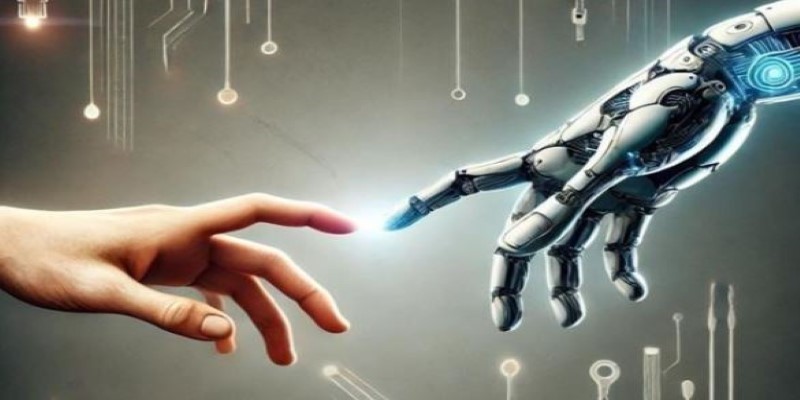
How the AI Robotics Accelerator Program is helping universities advance robotics research with funding, mentorship, and cutting-edge tools for students and faculty
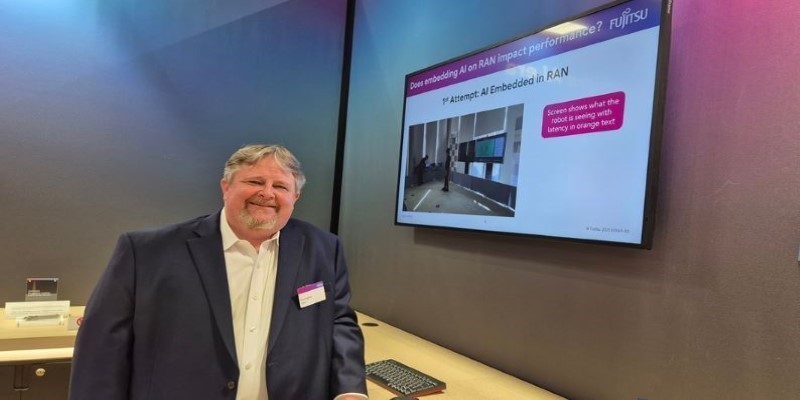
Fujitsu AI-powered biometrics revealed at Mobile World Congress 2025 claims to predict crime before it happens, combining real-time behavioral data with AI. Learn how it works, where it’s tested, and the privacy concerns it raises

Gen Z embraces AI in college but demands fair use, equal access, transparency, and ethical education for a balanced future

How the ElevenLabs API powers voice synthesis, cloning, and real-time conversion for developers and creators. Discover practical applications, features, and ethical insights